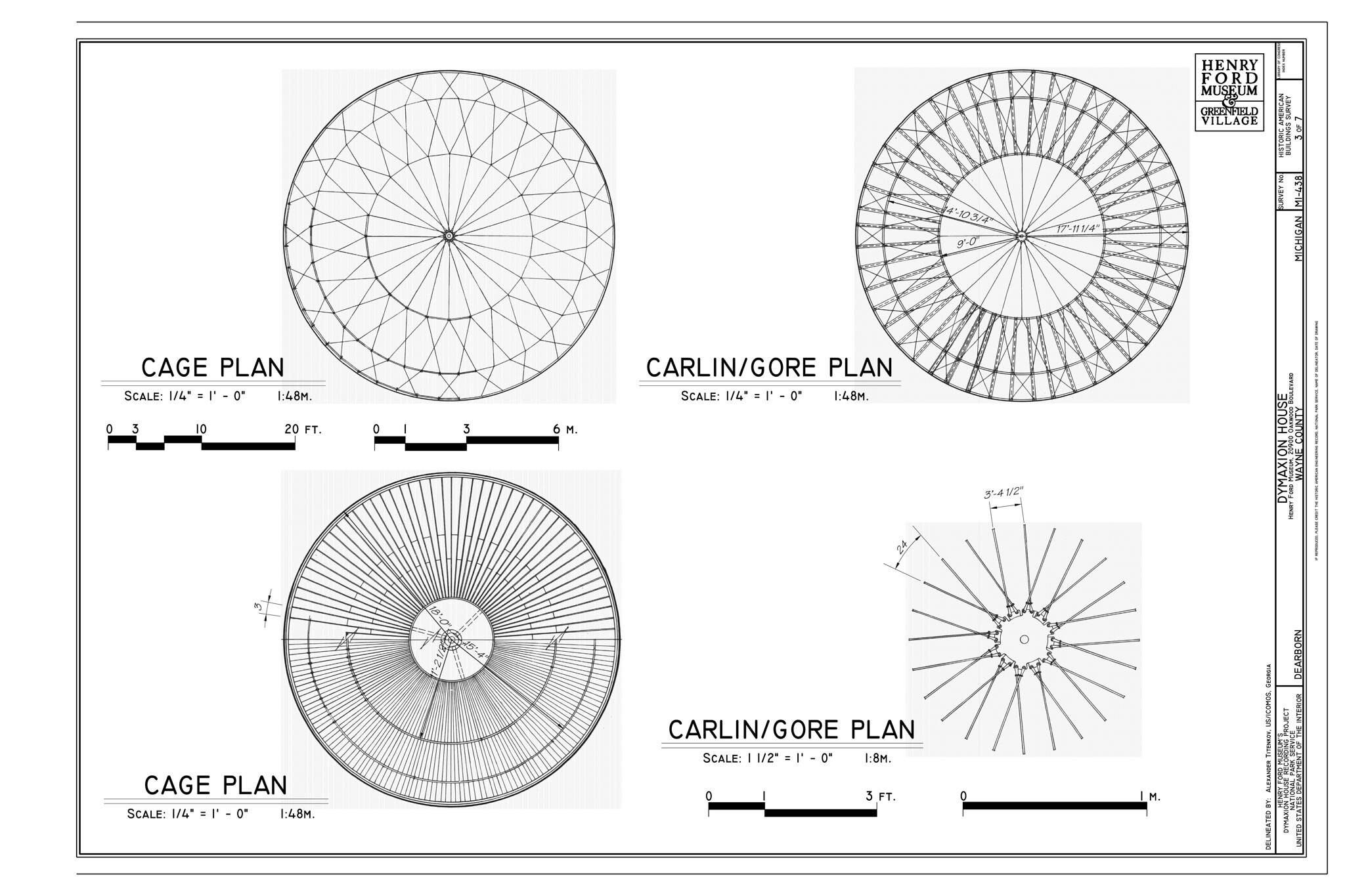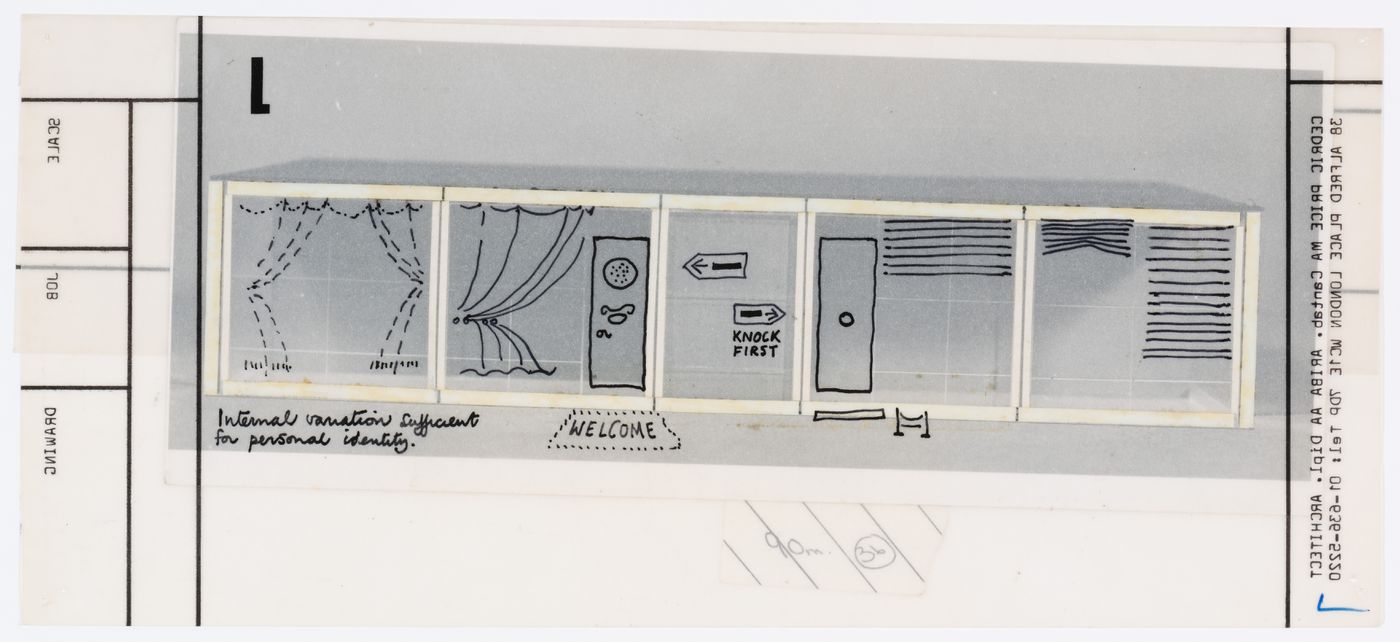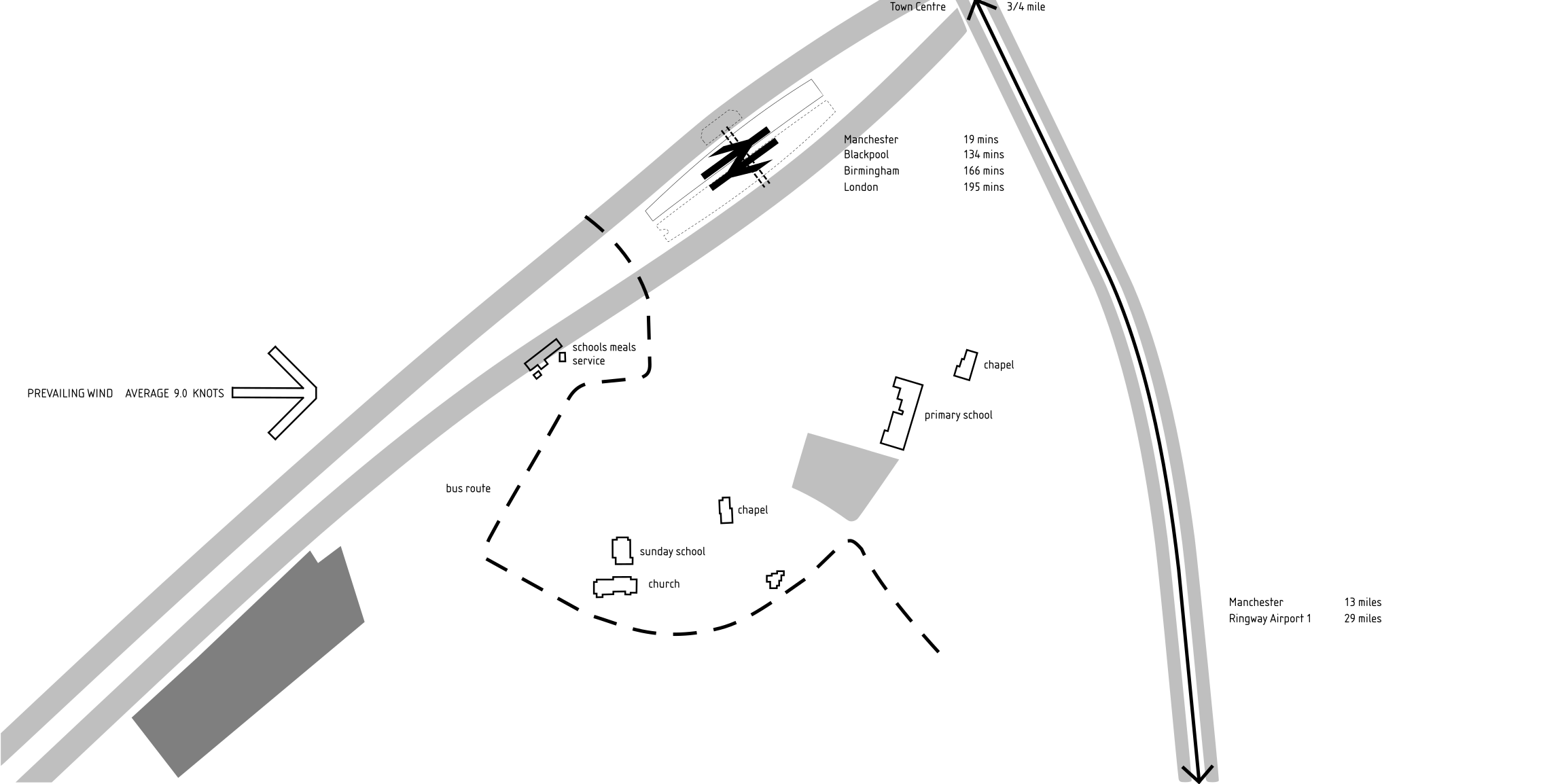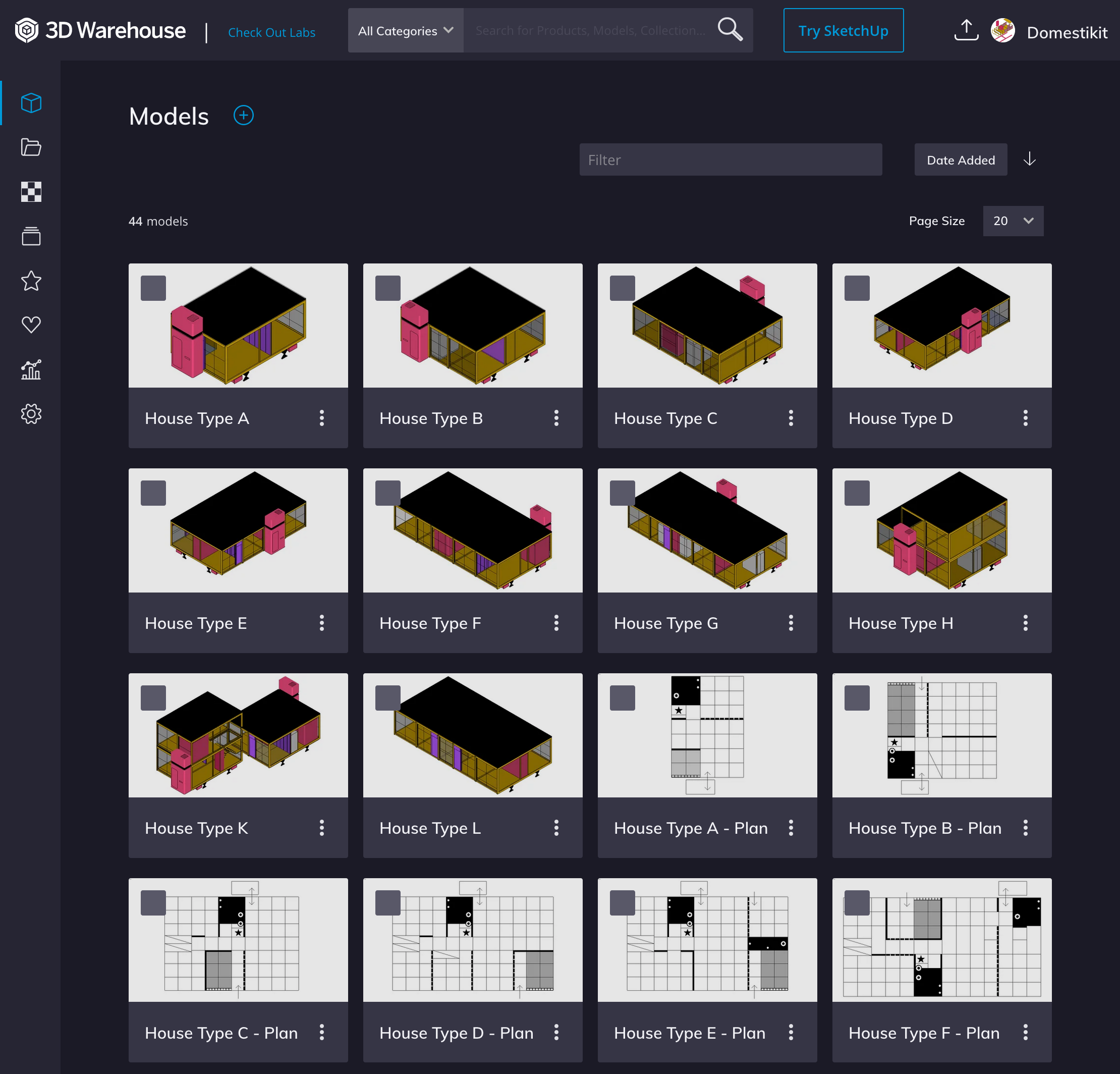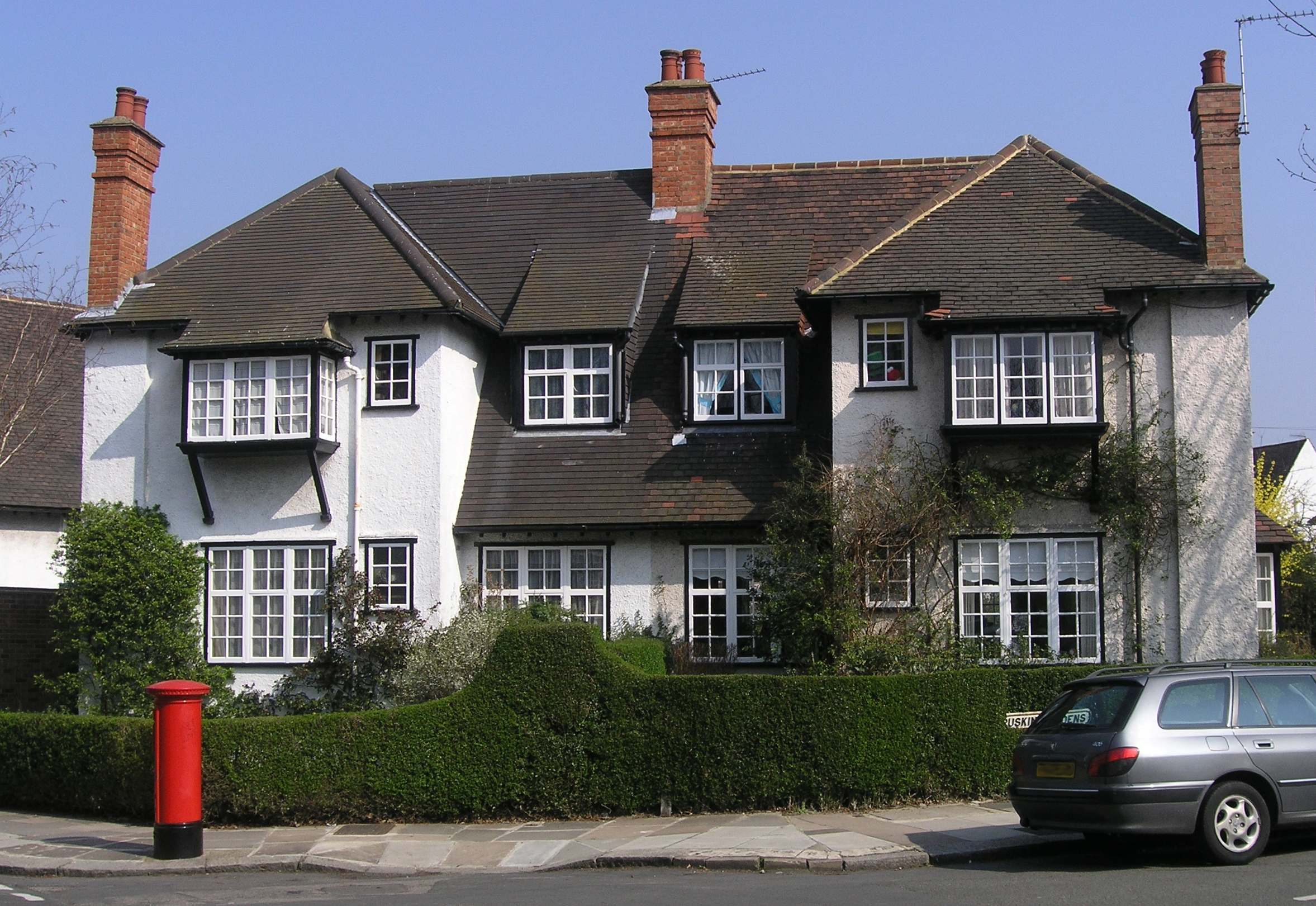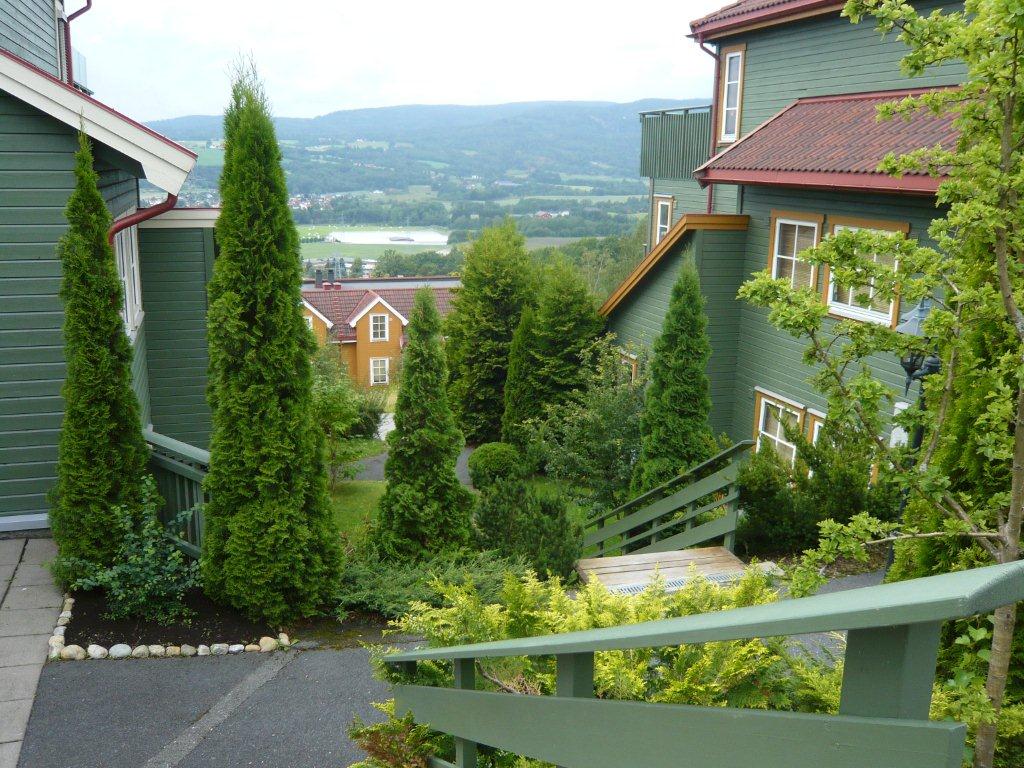DOMESTIKIT: World-Wide Dwelling Service
 • World Map indicating the fragmented nature of the existing system of housing co-operatives.
• World Map indicating the fragmented nature of the existing system of housing co-operatives.
- "...in discussing the new world-wide dwelling service you are talking about a phenomenon that is as new as the telephone, something that is installed where you need it, but you don't consider as secondhand, second rate, temporary or compromise. It must be a very desirable dwelling and you use it as long as you are there and when you move away you simply notify the service office that you are through or moving."
- (Buckminster Fuller, 1946, 'Designing a New Industry: A Composite of a Series of Talks').
[edit] SECTION 1 - INTRODUCTION to the major premise
This first section gives due acknowledgement to the original conception by Buckminster Fuller, namely:—
- "a World-Wide Dwelling Service"
- (Fuller, R. B., 1942, 'I Figure', in 'Ideas and Integrities').
Fuller's soliloquy contained 157 propositions. [1] For example:—
- "... that the now-developing, scientific, world-girdling air transport and communication services, together with the new scientific dwelling service, will all be part and parcel of an encompassing larger unit system, eventually complemented and insured of direction by world-girdling energy distribution services, sometimes beamed by radio, sometimes by wire, and sometimes transported in batches as fuel - a sort of 'America plan' Living Service, a De Luxe Travel-or-Stop-Over-As-You-Please Service, ticket good for a lifetime, anywhere on earth, and available to all."
- "... that it is possible competition for these over-all services for annual contracts with the individual will become the new major political diversion of the world, as Imperial Dwellingways proselytes for voluntary contract constituents in competition with Pan-American or Intercontinental Co-operatives."
- (ib.).
'Housing Research by Cedric Price' is a research and development programme published in two supplements by Architectural Design in October 1971 and January 1972. [2] It took what Price called "an Anglicised view at the housing situation" and covered work "in progress". For example:—
- "This work has been concerned with postulating a coarse model of a potential 'housing' service which would help correct the shortfalls and ensure that future appetites and demands, as yet unknown, can be identified and when necessary, satisfied."
- (Cedric Price, 1971, 'Housing Research Pt 1').
The rationalities of the kits of parts designed by Buckminster Fuller and by Cedric Price - i.e. the Dymaxion House and the Short Life House respectively - have been discussed in related articles on Designing Buildings and are both assumed.
However, there is an ambiguity between the terms used by Buckminster Fuller and by Cedric Price to describe the service - i.e. 'world-wide dwelling service' (Fuller) and 'potential 'housing' service' (Price) - which the term 'Domestikit' resolves.
Domestikit was started by Norman Fellows in January 1972—having been anticipated by both Buckminster Fuller and Cedric Price. [3] It was introduced to Cedric Price in January 1978 as an architectural response to a need, namely:—
- "to build a world-wide dwelling service."
- (Norman Fellows, 1978, 'Meeting notes').
Thus the purpose of this section is to discuss the rationality of the service as a whole - i.e. Domestikit - as opposed to the rationality of each particular kit of parts. It is based on the major premise, namely:—
- ... that there is a relation between Cedric Price's Short Life House and Domestikit.
[edit] Major premise
The major premise - i.e. that there is a relation between Cedric Price's Short Life House and Domestikit - addresses the following questions in relation to being socially useful, namely:—
- 'Where?'
- 'When?'
- 'To whom?'
Tables 1 - 3 below provide brief answers.
[edit] • 'Where?'
|
Fig. 1. World map indicating the location of the US and the UK in relation to the rest of the planet. Fig. 2a. Dymaxion House, Danbury, US. Fig. 2b. Short Life Houses, Deeplish (top) and Muckingford (bottom), UK. |
Domestikit has been described as:—
(1) In the US, in 1942, Buckminster Fuller figured:—
(2) In 1945:—
(3) In 1946, however:—
(4) In the UK, in 1967, Cedric Price began the Short Life Housing Study:— (5) In 1971 Cedric Price wrote:—
(6) In 1972 Cedric Price commented:—
(7) In 2015 Norman Fellows used Deeplish and Muckingford for testing Domestikit as a national service. (8) In 2017 Norman Fellows began testing Domestikit as a global service. Thus this tabular account indicates where Fuller's Dymaxion House became obsolete and Cedric Price's Short Life House continues to be socially useful. |
• Table 1: Indicating 'where' Cedric Price's Short Life House stands in relation to Domestikit.
[edit] • 'When?'
• Fig. 3. Gallery including drawings of the Dymaxion House, Dearborn, MI displayed at the Henry Ford Museum. [7] Work on Fuller's world-wide dwelling service stopped in 1946 - i.e. when Fuller stamped the drawings "obsolete". Fig. 3 illustrates the inflexibility of the Dymaxion House about which Jonathon Keats has written:—
Thus this article demonstrates:— | ||||||||
|
• Fig. 4. Gallery including digitized images for the Short Life House archived at the Canadian Centre for Architecture. Domestikit is a work "in progress" started in 1972 with the completion of Housing Research by Cedric Price. Fig. 4 indicates the ability of Cedric Price's Short Life House to enable the user to manipulate his or her own internal and external environment as they wish, about which Falagan and Ziaiebigde have written:—
Thus this article indicates:—
|
• Table 2: Time as a key element in determining 'when' a kit of parts is a sufficient generating system for Domestikit.
[edit] • 'To whom?'
|
Fig. 5. World maps - Population : Wealth GDP The cartograms above show how the distribution of wealth and people looked in 2018 by resizing each country according to the total number of people (top)/GDP output (bottom).
Fig. 6. Illustrating the necessity for a global approach. |
Domestikit was one of two possible entries to the 2015 Buckminster Fuller Challenge being tested in the UK. The preamble to Housing Research by Cedric Price begins with a definition of "Housing as an element in life patterning" and an imperative, namely:— An additive may be defined as:—
Arguably, the short life house is an 'humane additive'. In addition, Housing Research by Cedric Price took:—
The question, therefore, is partly one of scale. UN-Habitat (2023), for example, has stated:—
Thus this article argues:— nb The undesirable effects of a long-life dwelling philosophy and its associated manufacture, land tenure and financing structure have been identified by Cedric Price. |
• Table 3: Indicating population 'to whom' Cedric Price's Short Life House and Domestikit are linked.
The brief answers provided above to the questions 'Where?', 'When?' and 'To whom? in relation to being socially useful, suggest an architectural response to the fourth question, namely:—
- how is Cedric Price's Short Life House related to Domestikit?
[edit] • 'How?'
Table 4 below indicates an expedient starting point for testing Domestikit.
|
Test site - Deeplish
Fig. 7. Possible developments at Rochdale (Deeplish). |
In Housing Research Pt 1, Cedric Price wrote:—
Steven Mullin, Price's Chief Assistant, wrote:—
Norman Fellows introduced Domestikit to Cedric Price:— • Fig. 9. Facsimile of updated scroll, 1978+. The advice of Cedric Price at the time was:—
Norman Fellows has continuously updated work on Domestikit since 1978. For example:—
• Fig. 10. Presenting Domestikit Catalogue, 2017+. These textual records indicate :—
|
• Table 4: Textual records indicating 'how' Cedric Price's Short Life House and Domestikit are linked.
Thus this first section provides sufficient evidence to affirm the major premise, namely:—
- ... that there is a relation between Cedric Price's Short Life House and Domestikit.
[edit] SECTION 2 - INTRODUCTION to the minor premise
This second section focusses on an existing solution to the need to build a world-wide dwelling service, namely:—
- "Housing Cooperatives Worldwide"
- (Co-operative Housing International, 2023).
Co-operative Housing International (CHI) have defined the term 'co-operative housing':—
- "Every co-op housing community is different. Some are large apartment complexes, others are townhouses, and others are single-family houses. Some are rental, others are owner-occupied. Co-op housing models vary from country to country. But they all have one thing in common — they’re focused on community."
- "In rental co-ops members sign an agreement to rent their unit from the co-op. Alternatively, in the ownership model, members are shareholders with exclusive use of their housing units. Together, members collectively own the common spaces. They also share operating and maintenance costs. In addition, members make decisions democratically about how to run their housing co-op."
- "Watch the video to find out more."
- (CHI, 2021, 'What is Cooperative Housing?')
In 'Expediency', however, Cedric Price offered the following possible definitions of the term 'housing':—
- An assumed continuous societal need.
- An assumed variable societal appetite.
- A convenience and/or necessity.
- A constituent of social servicing.
- A desirable expensive extra.
- An alternative to subsidizing people.
- A market controlled consumer product.
- A 'natural' resource of a 'developed' country.
- A method of population control.
- (Price, 1969, 'Expediency').
'Housing Research by Cedric Price' also postulated "a coarse model of a potential 'housing' service" (ib.). Price's use of inverted commas appears to signal that this seemingly simple term has to cover so much that containing it is as difficult as defining it - see Apendix A. The scheme established these themes:—
Domestikit as an embryonic world-wide dwelling service was first discussed at the meeting between Cedric Price and Norman Fellows in January 1978. [3] It centred on one of the aims of the Rochdale Pioneers, namely:—
Thus the purpose of this section is to discuss the rationality of Domestikit as an alternative to the fragmented system of long-life dwellings built by members of Housing Cooperatives Worldwide. It is based on the minor premise, namely:—
- ... that the subject of co-operative 'housing' should be linked to Cedric Price's Short Life House. [9]
[edit] Minor premise
The minor premise - i.e. that the subject of co-operative 'housing' should be linked to Cedric Price's Short Life House - addresses the same questions in relation to being socially useful, namely:—
- 'Where?'
- 'When?'
- 'To whom?'
Table 5 below provides conflated answers to the questions addressed by the minor premise.
[edit] • 'Where?'/'When?'/'To whom?'
[edit] Austria
[edit] Belgium
[edit] Canada
[edit] Czech Republic
|
[edit] Egypt

|

|

|

|
[edit] Estonia

|
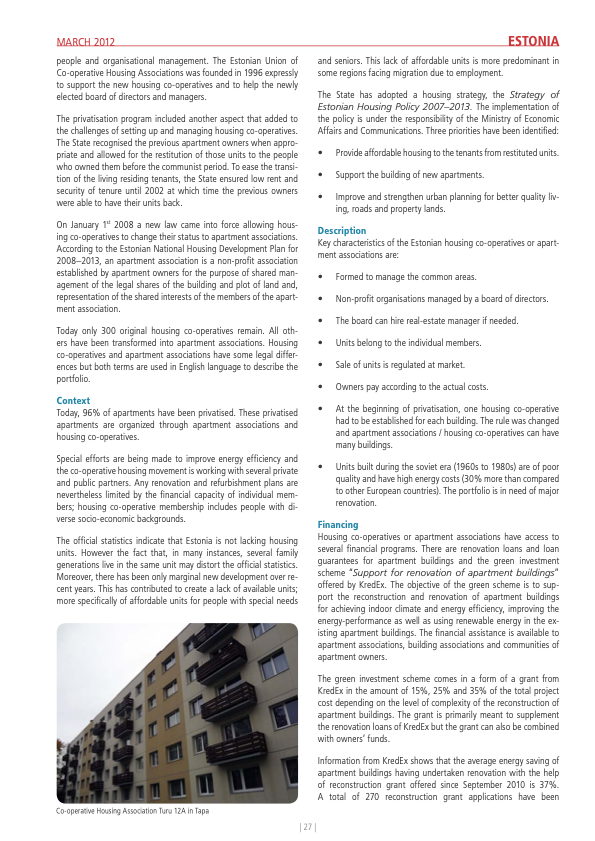
|

|
[edit] France

|

|

|

|
[edit] Germany

|

|
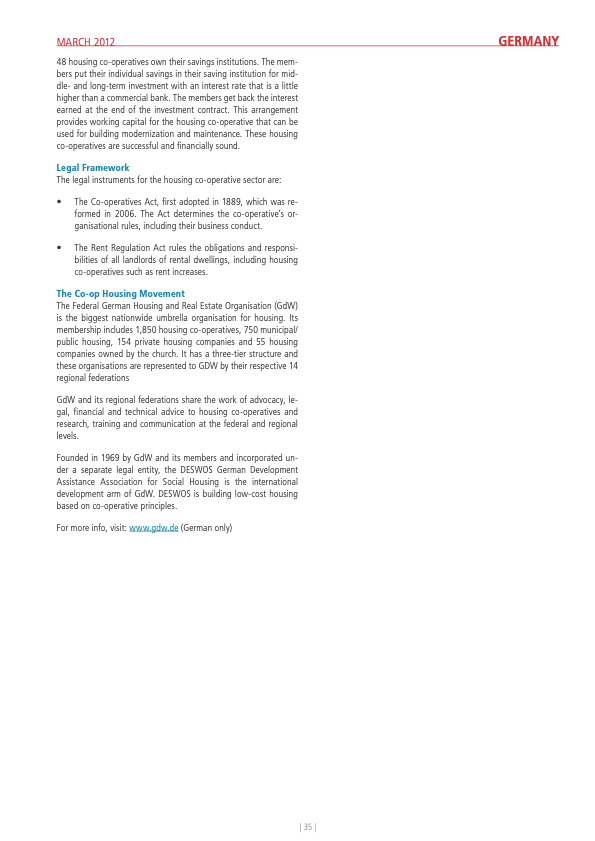
|
[edit] Hungary

|

|

|
[edit] India

|

|

|
[edit] Ireland

|
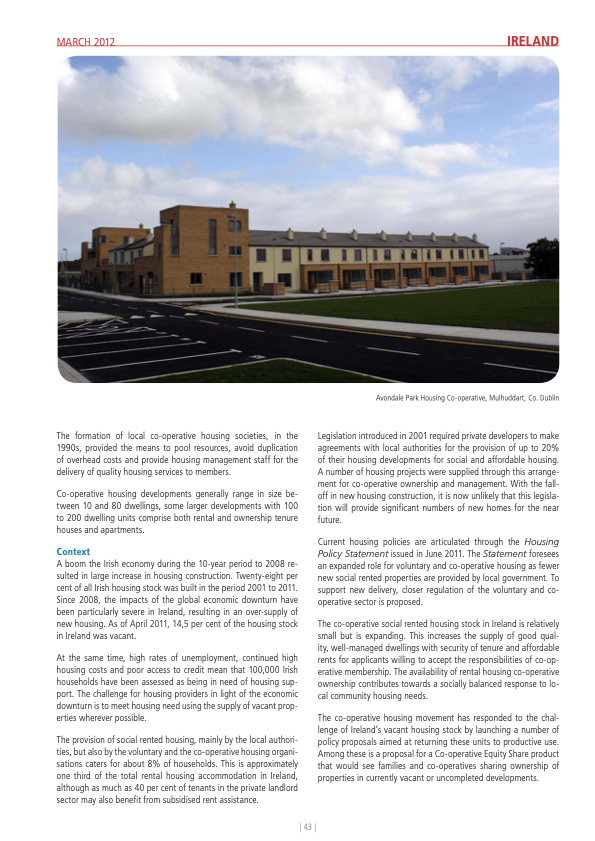
|

|

|
[edit] Italy

|

|

|

|

|
[edit] Norway

|

|
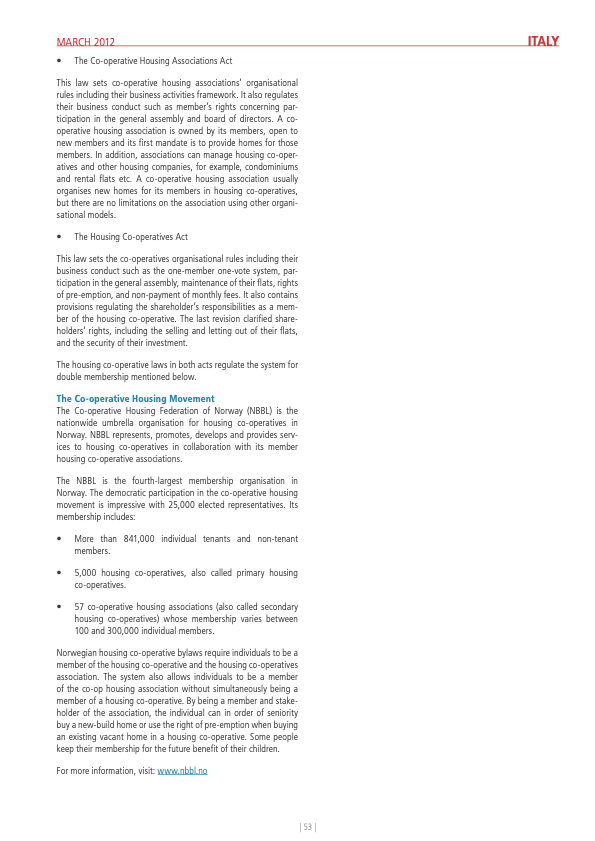
|
[edit] Pakistan

|

|

|

|
[edit] Poland

|

|
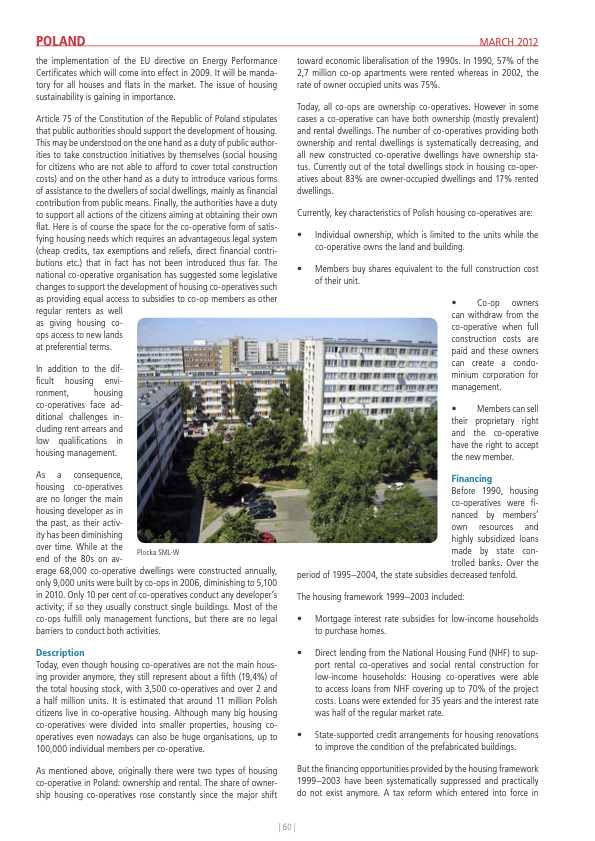
|

|
[edit] Portugal

|

|

|

|
[edit] Spain

|

|
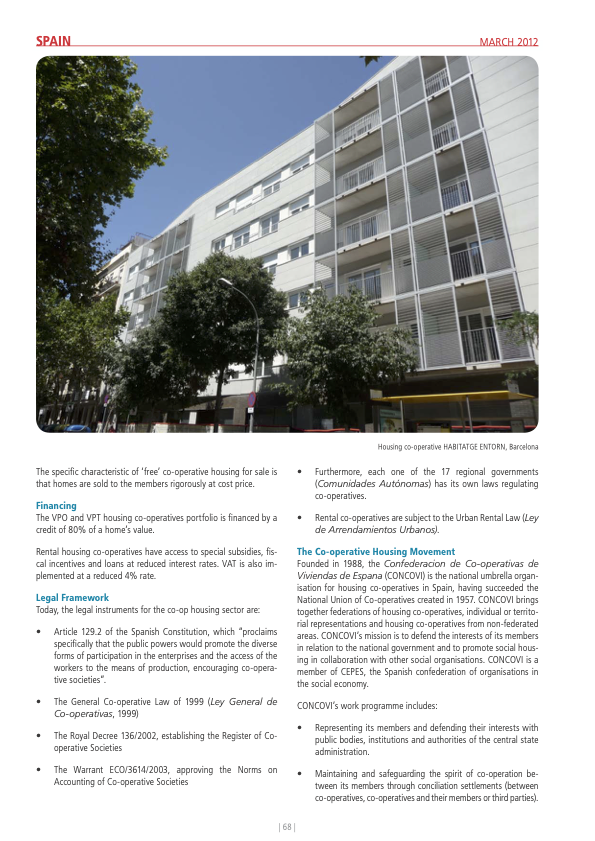
|

|
[edit] Sweden

|

|

|
[edit] Switzerland

|

|

|
[edit] Turkey

|

|
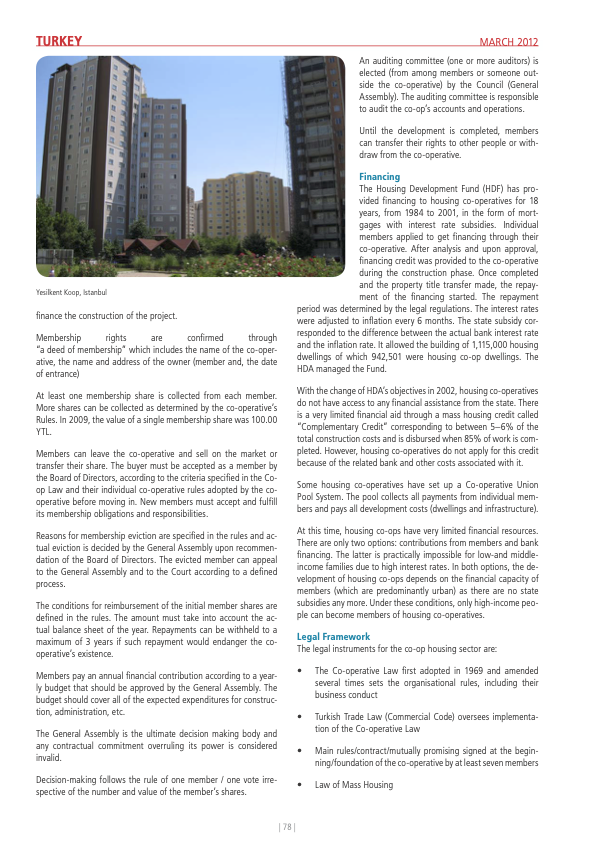
|

|
[edit] UK

|

|

|

|
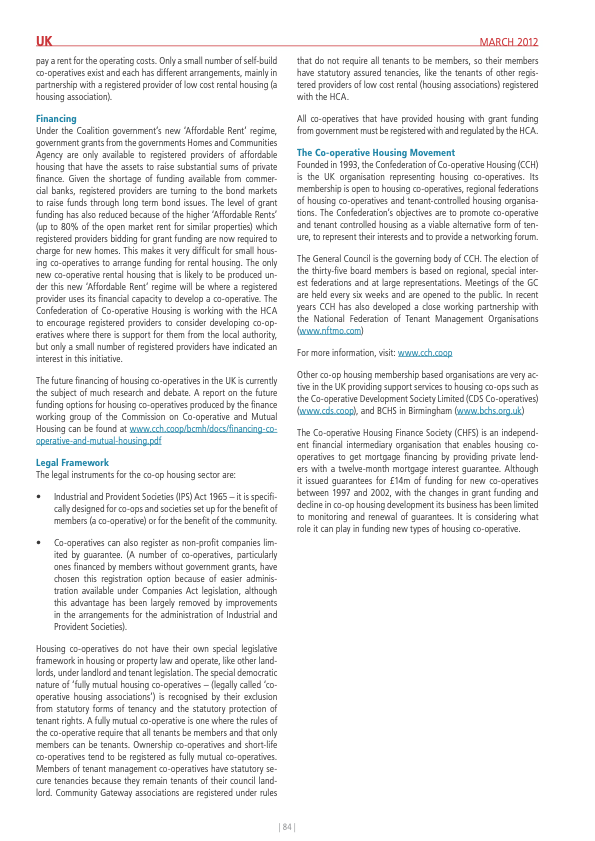
|
[edit] USA

|

|
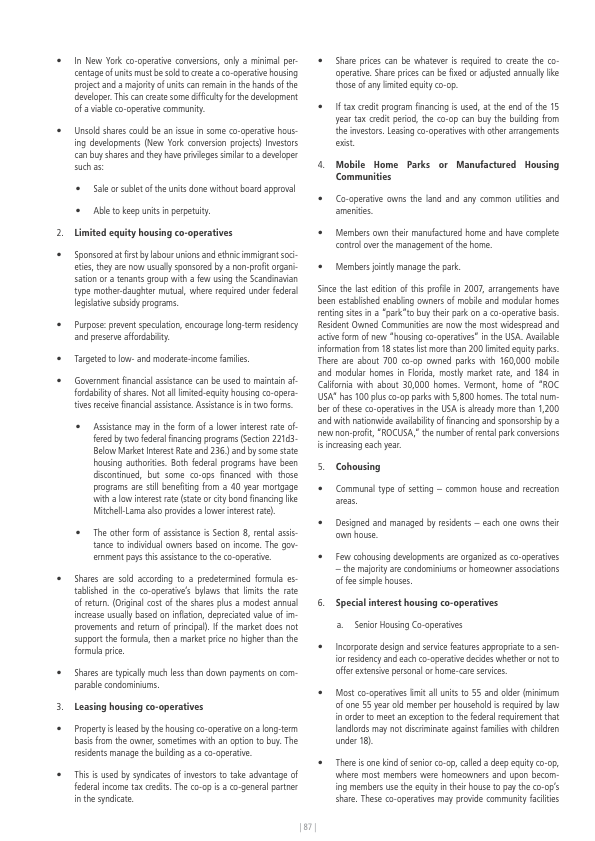
|
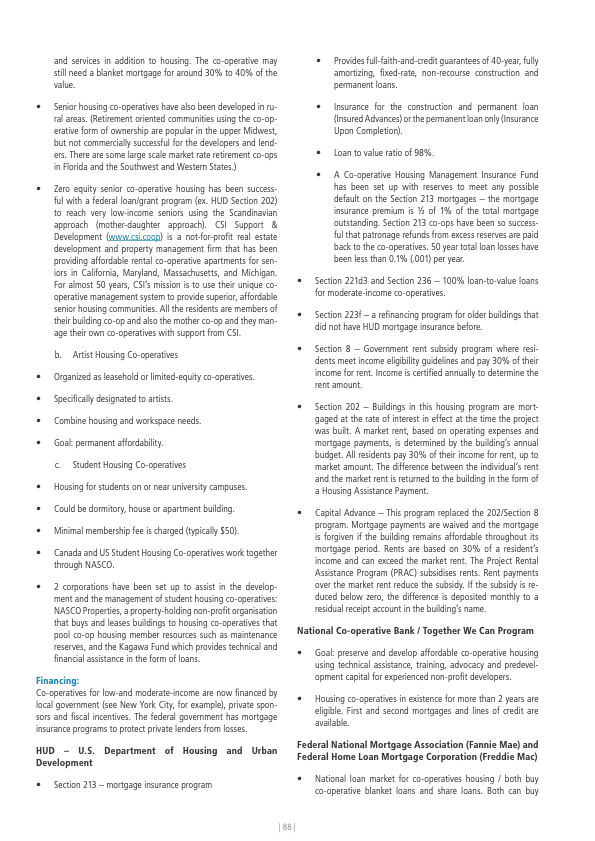
|
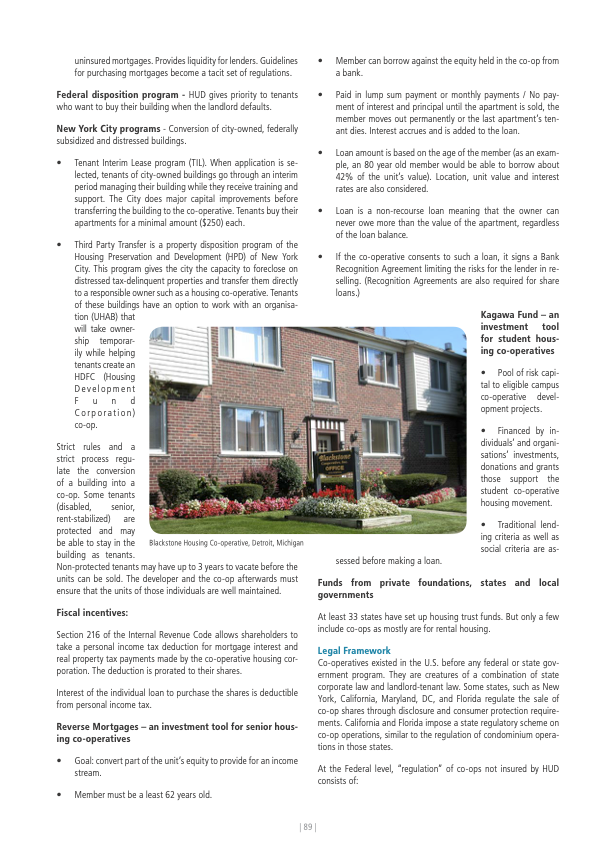
|

|
• Table 5:
The conflated answers provided above to the questions 'Where?', 'When?' and 'To whom? in relation to being socially useful, suggest an architectural response to the fourth question, namely:—
- how should the subject of co-operative 'housing' be linked to Cedric Price's Short Life House?
[edit] • 'How?'
Table 6 below explains how the subject of co-operative housing should be linked to Cedric Price's Short Life House.
• Fig. 13. Gallery including architects' drawings of co-operative housing built at Brentham Garden Suburb.
The layout was designed by Unwin & Parker, who also worked on the original plan of Letchworth Garden City, 1904. Fig.13 illustrates some of the results of a long-life dwelling philosophy:—
The survey of housing cooperatives in 22 member countries of Housing Cooperatives Worldwide demonstrates:—
For example:— |
• Fig. 14 Typical examples of co-operative housing in member countries of Housing Cooperatives Worldwide.
However, Cedric Price wrote:—
- "The effects of a long-life dwelling philosophy and its associated manufacture, land tenure and financing structure can be seen to produce the following undesirable effects:"
- "A decrease in physical and social mobility since the War set against a massive desire for such mobility."
- "Use of land for functions that may no longer be sensible due to the relatively high cost of removing or changing the shell and service structure implanted on it."
- "Use of materials and construction methods which inhibit the individual's ability to manipulate his own internal and external environment as he wishes."
- "Reliance upon the peak technologies of twenty, thirty or even fifty years ago to supply the performance requirements of the present day."
- (Price, 1971)
Cedric Price continued:—
- "This interlocking and constrictive system can be broken apart at a key point by changing one of the fundamental rules of the game — the notional 'life' of the building. Such a lever only becomes valuable, however, if the pressure applied to it can produce the following fundamental changes:
- Ability for the individual to match desired mobility to performance.
- Maximum fit between desired degree of occupancy and performance. This must include both 'over' and 'under' occupation: overall normative criteria in such matters must be replaced by the individual's own criteria. Similarly, enforced and undesired 'over' and 'under' occupation must be wiped out.
- Maximum separation between the housing product and the land upon which it alights, enabling rapid response to greater mobility.
- Maximum speed of 'on-site- erection and removal of the housing unit to eliminate as far as possible the loss-making effects to the community of fallow ground caused by development. Mediaeval strip cultivation must cease.
- Maximum environmental 'plateau' for each dwelling coupled with minimum time lapse before such a plateau can be upgrade by every individual through the selection of a new model. [see AD 9/71,p.569)
- If the likely period of occupancy of a dwelling by the same occupier can be forecast, then it is possible to make some estimate of the frequency of major changes in the functions of the dwelling, and to select the materials and equipment of the dwelling in such a way that their life will be expended at times of major functional change or that they can be re-used in a different way or a different dwelling."
- (ib.)

|

|

|

|

|
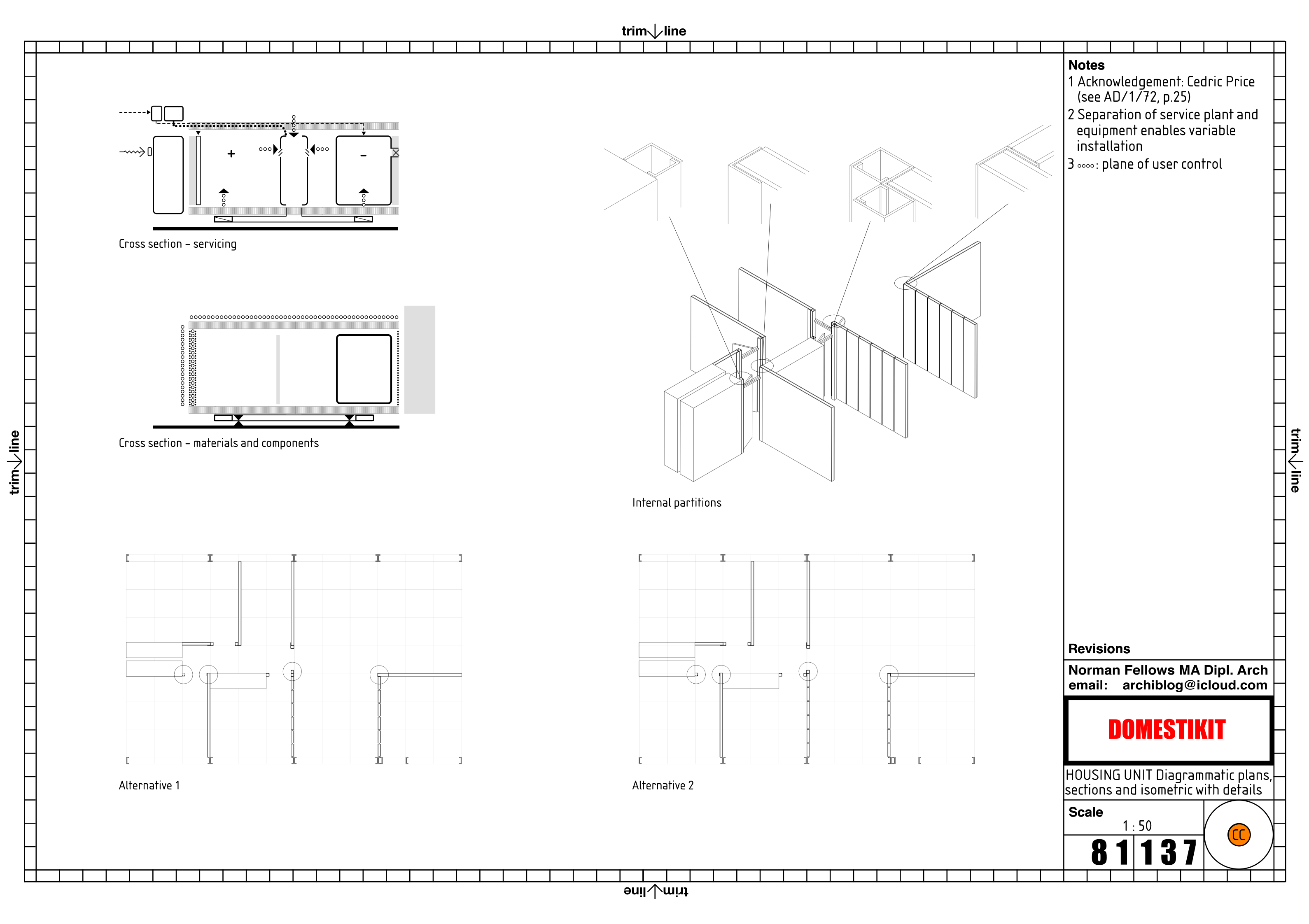
|

|

|
• Fig. 15. Gallery of drawings for new co-operative housing based on Cedric Price's Short Life House.
Cedric Price's Short Life House was designed between 1967 and 1971.
Fig. 15 indicates the necessary application of the short life house to state-funded co-operative housing:—
- "... (given) the increasing difficulty of poorer authorities to finance housing allied with the near impossibility of a large section of the community to self purchase"
- (Price, Objectives, 1971).
Thus this article indicates:—
- ... that the subject of co-operative housing should be linked to Cedric Price's Short Life House.
[edit] CONCLUSION
In Section 1 this article isolated a need and and in Section 2 it proposed a solution.
Thus it concludes:—
If there is a need to build a world-wide dwelling service then an alternative solution to the fragmented system of long-life dwellings built for members of Housing Cooperatives Worldwide is:—
- to build an integrated and comprehensive supply system of short-life housing, enabling continuous and accurate improvement of conditions within the house while ensuring the possibility of continuous re-thinking on siting and concentration."
- (cf. Cedric Price, AD 10/71, p.620)
See, for example, Appendix B.
[edit] Notes
[1] Fuller also included in the 157 propositions cited above the following five assumptions:—
- "... that old housing is stalled and its post war planning invalid because its philosophy is obsolete. It is obsolete because its basic premise is essentially unscientific. ..."
- "... that far from coinciding with contemporary concept, the over-all housing thinking lapses backward at least three thousand five hundred years to pre-Greek conjecture for its major premise."
- "... that its truly ignorant premise derives from the superficially stationary aspect of housing structures. ..."
- "... that this stationary premise assumed in the formulating of housing concepts continues in utter denial denial of the scientific and now fortunately quite popular concept of an atomic universe totally in motion ..."
- "... that by thus synchronizing with the reality of motion, the major premise of a new housing industry will become scientifically tenable."
[2] Price indexed his 'Housing Research' under the code letters A35, the definition of which is given below:—
[3] Fellows referred in his meeting notes to "co-operative housing, design methodology and timber engineering."
- Fellows, N. (1977) 'Letter to Cedric Price', File X8: Students, held at St John's College Library Special Collections, University of Cambridge.
[4] Fellows, N. (2017) 'Domestikit', on Wordpress.
[5] Keats, J. (2016) article on Insider.
[6] Price, C. (1969) 'Expediency', AD 9/69.
[7] Library of Congress (1933+) Gallery View, 'Statement of significance - Dymaxion House, 2900 Oakwood Boulevard, Dearborn'.
[8] Co-operative Housing International (2023) 'About United Kingdom', in 'Housing Cooperatives Worldwide'.
[9]
|
In 'Towards a 24-hour economic living toy', a generator of his short life house, Cedric Price wrote:—
This led to the first principle of his short life house:—
However, Price's objectives also highlight:—
Thus this work prioritises publicly financed housing and is concerned with postulating a national/global service. |
Updated Work Programme (after Price). The subject of 'housing' was first linked to Cedric Price's Short Life House in the "SHORT LIFE HOUSING STUDY—U.K." begun in January 1967. Since then, however, this link has largely been ignored. One notable exception is the work of Norman Fellows who has been continuously updating Domestikit. |
[edit] References
Bannister, D. and Mair, R. (1968) 'The evaluation of personal constructs', Academic Press.
Co-operative Housing International (2023) 'Housing Cooperatives Worldwide'
Dunn, R., Forrest, R. and Murie, A. (1987) 'The Geography of Council House Sales in England — 1979-85', Semantic Scholar.
Falagan, D. H. and Ziaiebigdeli, M. (2020) 'Parametric Architecture beyond Form—Klein and Price: Pioneers in Computing the Quality of Life in Housing', MDPI.
Fuller, R. B. (1946) 'Designing a New Industry', in Meller, J. ed., (1972) 'The Buckminster Fuller Reader', Internet Archive, or Chapter 8 'Designing a New Industry' on extremelyprovocative.
Fuller, R. B. (1963) 'Ideas and Integrities', Collier Books - see Chapter 5 'I Figure', in Appendix 1, Bucky's Ordering. Also in Meller, J. ed., (1972) 'The Buckminster Fuller Reader', Internet Archive.
Keats, J. (2016) 'You Belong to the Universe: Buckminster Fuller and the Future', passage excerpted on Insider.
Keats, J. (2016) 'Why Your House Shouldn't Cost More Than Your Car (And Wouldn't -- If Built By Buckminster Fuller)', Forbes.
Ministry of Housing and Local Government (1966) 'The Deeplish Study: Improvement possibilities in a district of Rochdale', HMSO.
Neder,F. (2008) 'Fuller Houses: R. Buckminster Fuller’s Dymaxion Dwellings and Other Dymaxion Adventures'.
Rowlands, R. (2009) 'Forging Mutual Futures - Co-operative, Mutual and Community Based Housing in Practice:History & Potential', Centre for Urban and Regional Studies, University of Birmingham, Birmingham.
Sachs, J. D. (2015) 'The Age of Sustainable Development', Columbia University Press.
Seaver, T. (undated) 'Buckminster Fuller and The Dymaxion House'.
L. Steven Sieden (2011) 'A Fuller View - Buckminster Fuller´s Vision of Hope and Abundance for all', p. 358), Divine Arts Media (2011)
[edit] Websites
- https://3dwarehouse.sketchup.com/by/Domestikit
- https://domestikit.anticipatorydesign.info/ (legacy website)
- https://domestikit.wordpress.com/
- https://extremelyprovocative.wordpress.com/
[edit] APPENDIX A
• Clipping from Expediency article by Cedric Price.
[edit] APPENDIX B
 • Webpage Screenshot indicating the relation parts/whole.
• Webpage Screenshot indicating the relation parts/whole.
--Archiblog 09:33, 17 Aug 2023 (BST)
[edit] Related articles on Designing Buildings
Featured articles and news
RTPI leader to become new CIOB Chief Executive Officer
Dr Victoria Hills MRTPI, FICE to take over after Caroline Gumble’s departure.
Social and affordable housing, a long term plan for delivery
The “Delivering a Decade of Renewal for Social and Affordable Housing” strategy sets out future path.
A change to adoptive architecture
Effects of global weather warming on architectural detailing, material choice and human interaction.
The proposed publicly owned and backed subsidiary of Homes England, to facilitate new homes.
How big is the problem and what can we do to mitigate the effects?
Overheating guidance and tools for building designers
A number of cool guides to help with the heat.
The UK's Modern Industrial Strategy: A 10 year plan
Previous consultation criticism, current key elements and general support with some persisting reservations.
Building Safety Regulator reforms
New roles, new staff and a new fast track service pave the way for a single construction regulator.
Architectural Technologist CPDs and Communications
CIAT CPD… and how you can do it!
Cooling centres and cool spaces
Managing extreme heat in cities by directing the public to places for heat stress relief and water sources.
Winter gardens: A brief history and warm variations
Extending the season with glass in different forms and terms.
Restoring Great Yarmouth's Winter Gardens
Transforming one of the least sustainable constructions imaginable.
Construction Skills Mission Board launch sector drive
Newly formed government and industry collaboration set strategy for recruiting an additional 100,000 construction workers a year.
New Architects Code comes into effect in September 2025
ARB Architects Code of Conduct and Practice available with ongoing consultation regarding guidance.
Welsh Skills Body (Medr) launches ambitious plan
The new skills body brings together funding and regulation of tertiary education and research for the devolved nation.
Paul Gandy FCIOB announced as next CIOB President
Former Tilbury Douglas CEO takes helm.
UK Infrastructure: A 10 Year Strategy. In brief with reactions
With the National Infrastructure and Service Transformation Authority (NISTA).












